
Online customer service for after-sales problems
Contact
Provide project content that meets your needs
Apply Now
Submit your message
Collaborate now
 Service E-mail:
dawatertreatment@gmail.com
Service E-mail:
dawatertreatment@gmail.com
1. Water for raw materials (drinks, ice making, etc.)
2. Heat storage water (boiler water, steam, etc.)
3. Cooling water (heat carrier for various raw materials, semi-finished products, intermediates)
4. Washing water (washing various industrial processed products, cleaning soot, diluting sewage, etc.)
5. Process water (dissolving syrup, papermaking, printing and dyeing water, etc.)
6. Water for air conditioning (textile factories adjust temperature, etc.)
7. Hydraulic water use (coal mining by hydraulic power, ash discharge by water flushing, coal transportation by pipeline, etc.)

Use chemical methods to reduce or remove calcium and magnesium ions in water, reduce water hardness,
The residual hardness of water after softening is related to the softening method, generally between 0.05-0.8mmol/L.
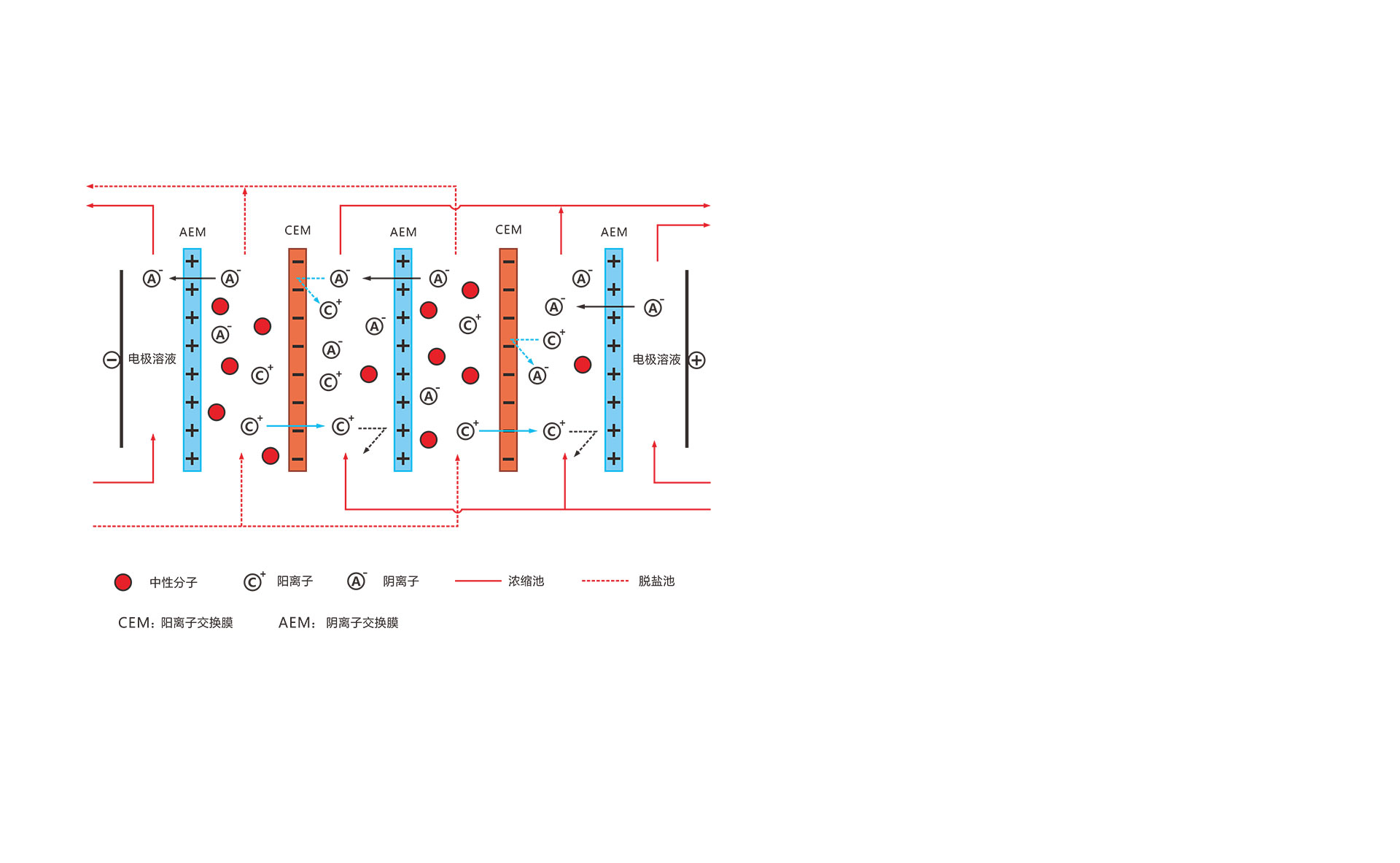

It uses physical and chemical methods to remove inorganic salts from water as the main purpose. In the process of desalination, some mechanical impurities and organic substances are also removed to obtain desalinated water with a conductivity of 10-0.1us/cm.

Desalination methods usually include distillation, membrane separation, ion exchange, or a combination of these methods.
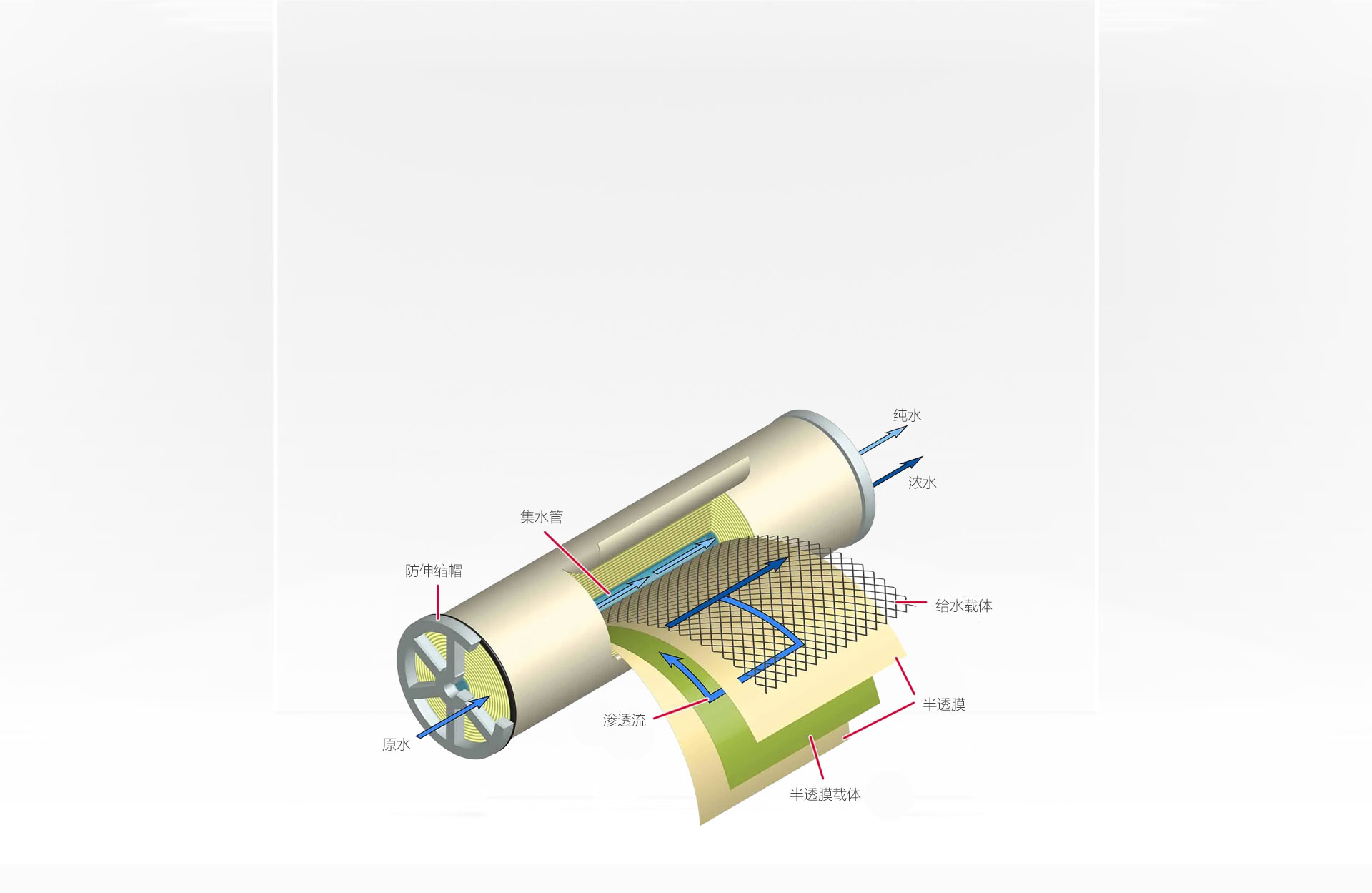
Pure water is usually prepared by ion exchange, sterilization, membrane separation and other methods.

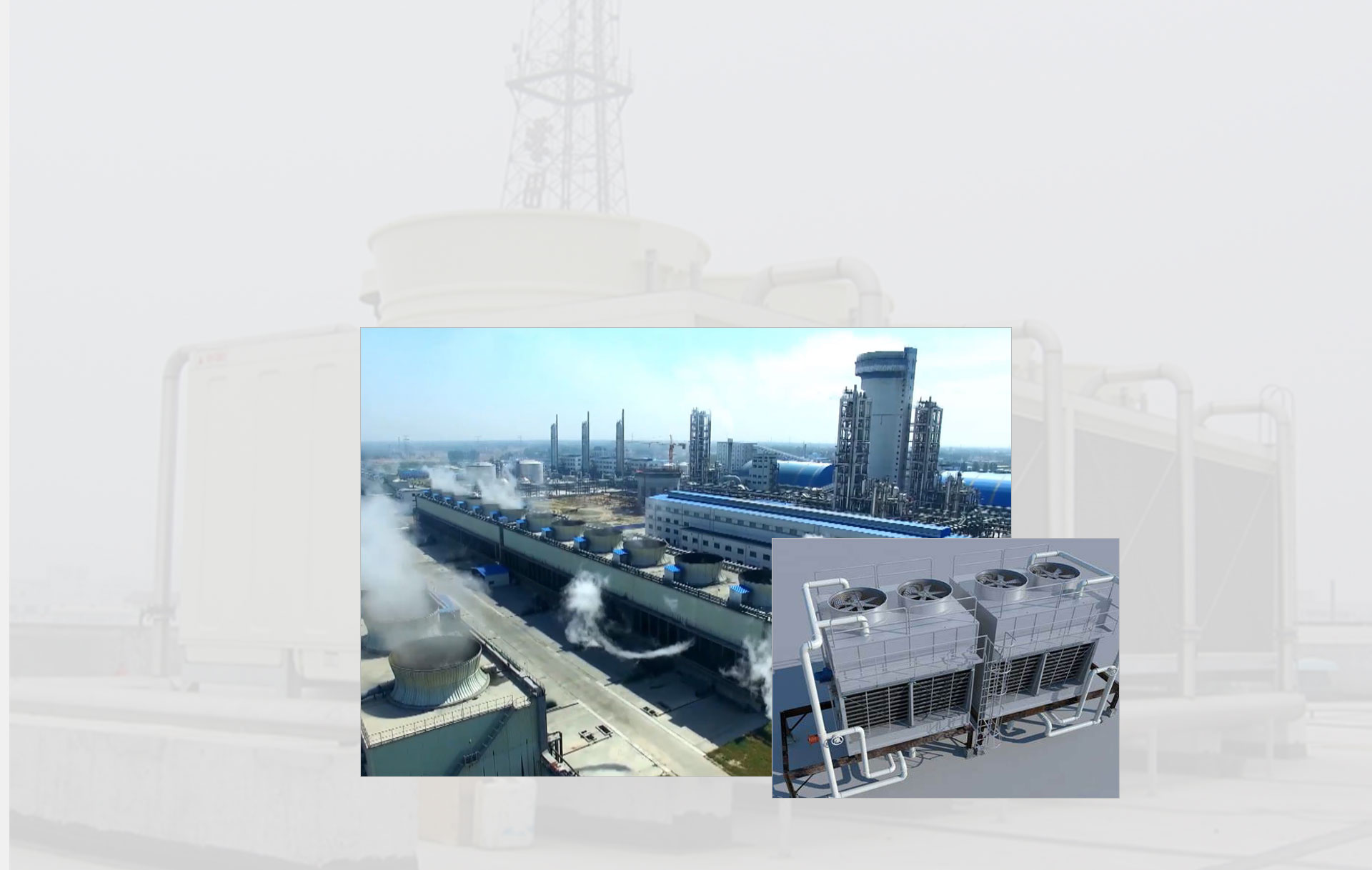








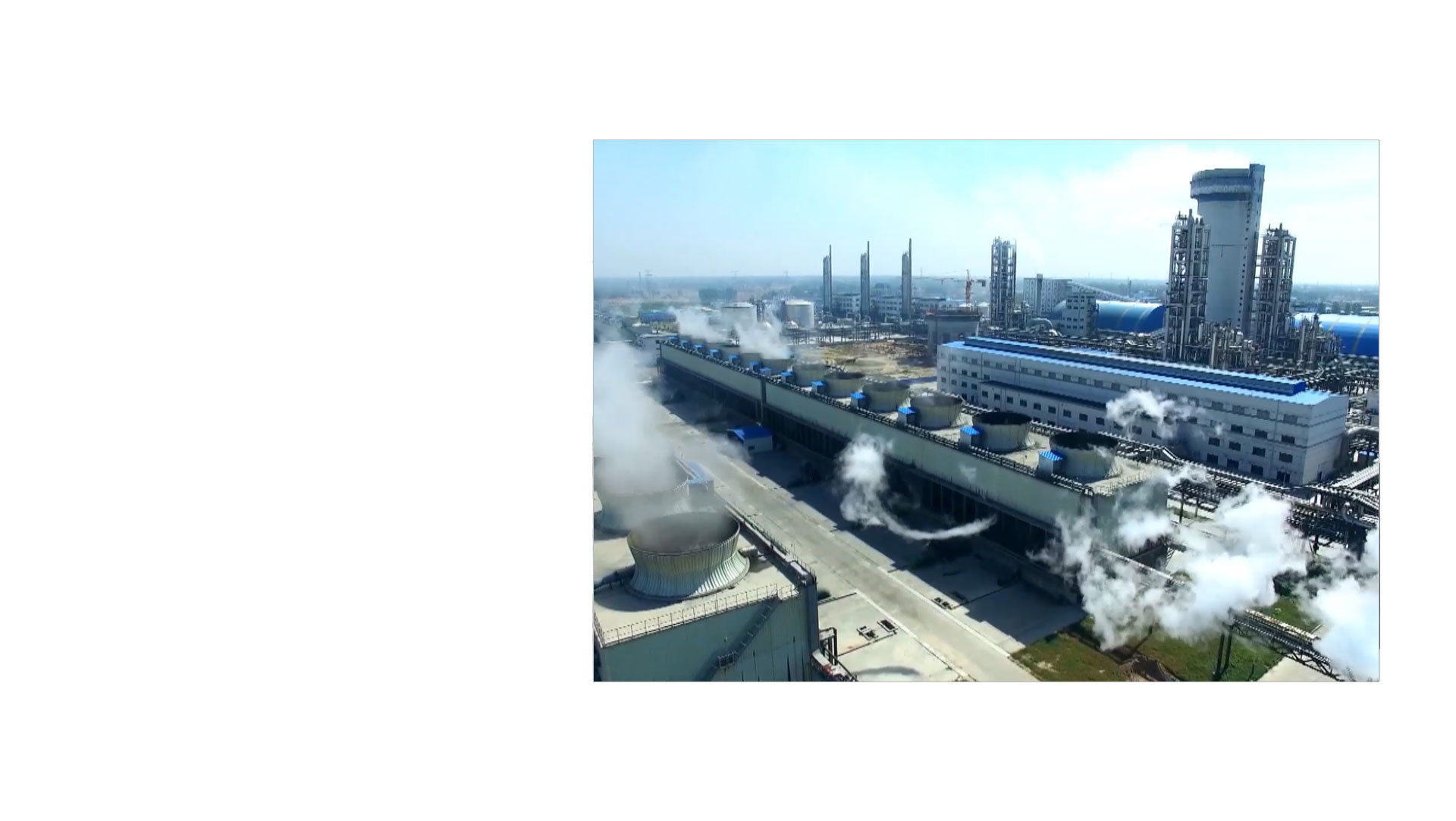
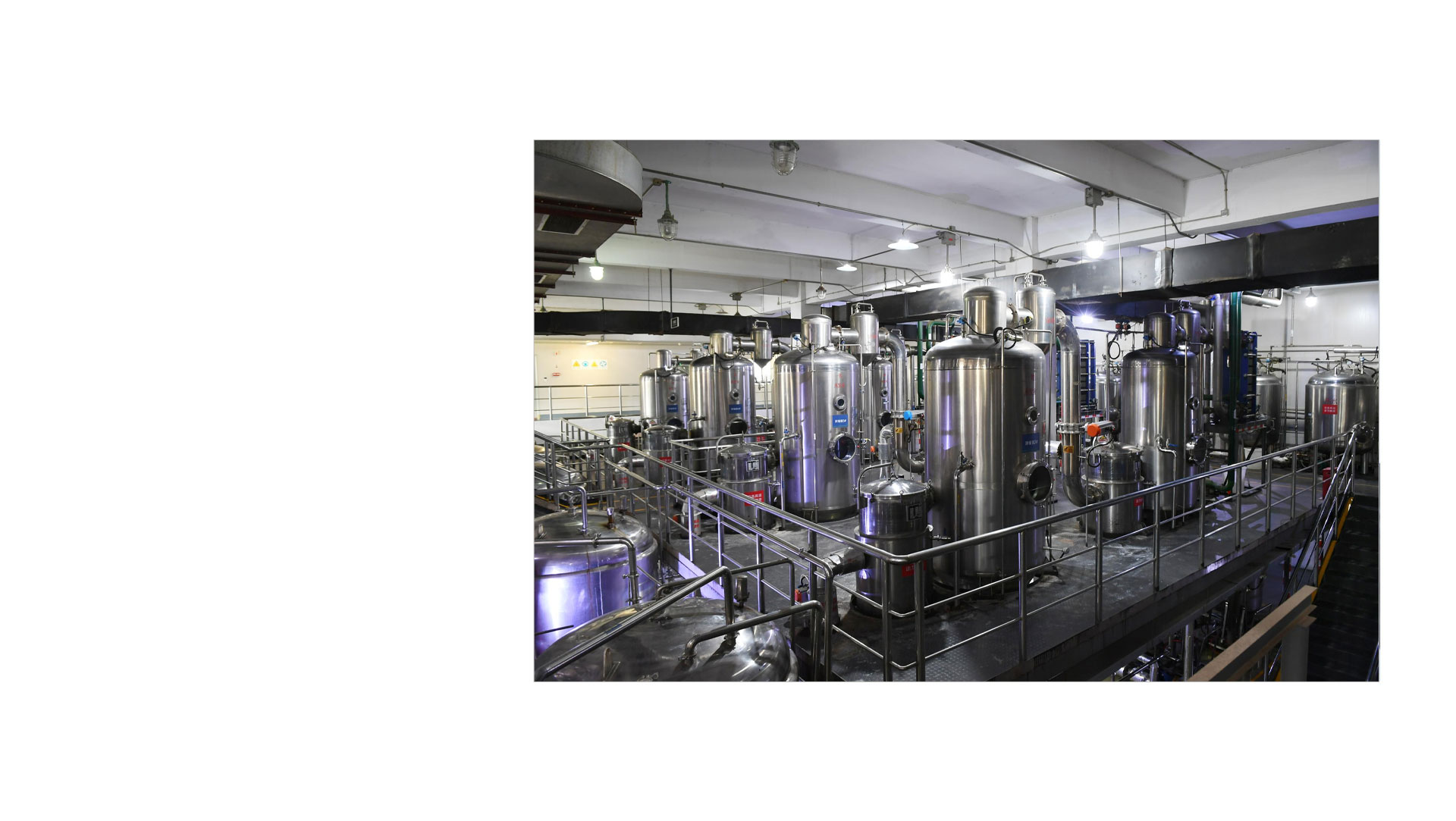
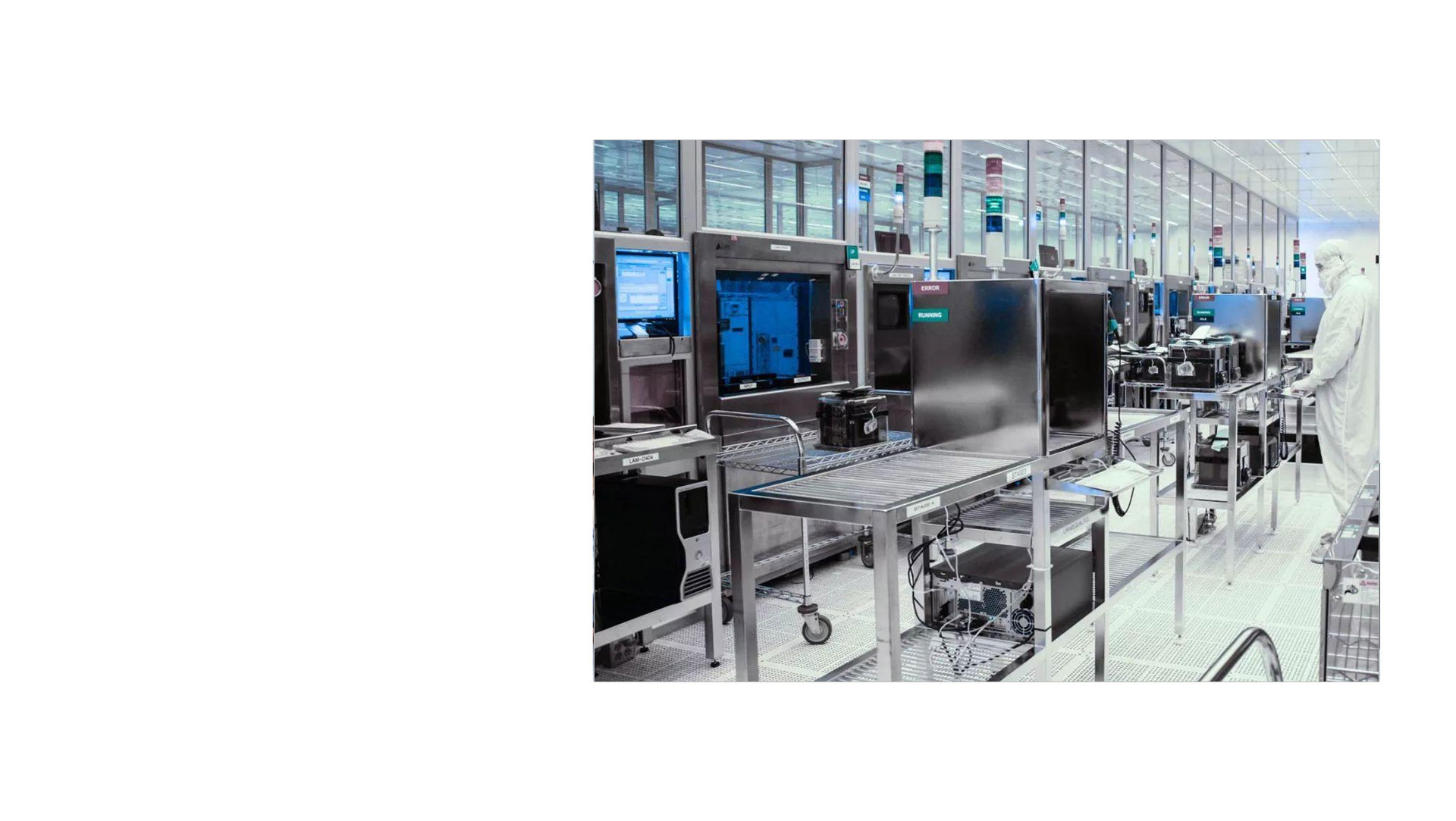

Compact design saves space
On-demand design, reasonable process
Long-term stability of protection equipment
Automatic adjustment, precise saving
Frequency conversion control, reasonable dosage
Efficient program control, intelligent power saving
Strictly implement relevant standards
Full cycle one-stop service
Lifetime maintenance
Highly integrated PLC control
One-key start, remote monitoring
24 hours maintenance-free operation


Professional team, efficient collaboration
Get a solution quote